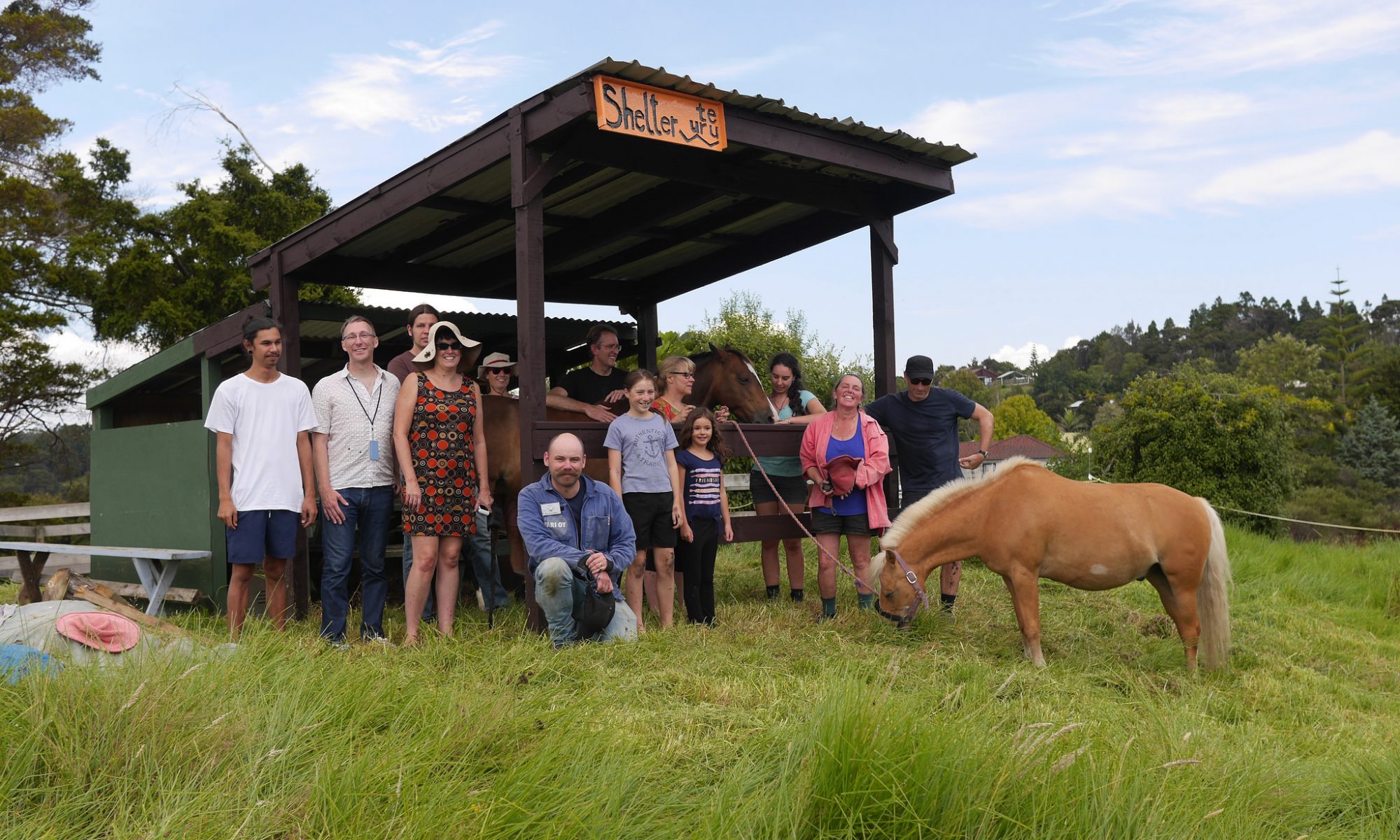Arabesque Time (2022) Katharina Clausius is hopeful in presenting expressions unhindered by the rigidity of form and insists that revolutionary organization is possible and local: “… the arabesque’s revolutionary movement is repetitive and self-generating”. Progress is so complex that we need not fear soiling it with the “matrix of rationality”. The political left’s lack of a grand scheme (alternative to capitalism) becomes presented as its strength: “[…] the “not-yet” quality of the revolution is the furthest thing from an empty point of anticipation waiting to be filled by the decisive action to come. On the contrary, the time of emancipation is an ornate dramatization that tells no particular story but instead “symbolize[s] the commonality of all movements” through a radically decorous choreography”. We cannot imagine what is to come, only contribute to it. All revolutionary work is revolutionary.
Rancière seems to suggest that revolutionary time is concurrent with the matrix that is its complementary opposite. Measuring time – seeing, hearing, and feeling it pass – is only possible because we can simultaneously conceive of time and non-time, of the matrix as positive and negative space. Ticks and tocks divided by silences, where the silence of “non-time” is as much part of the temporal experience as the audible “times” framing the noiseless intervals.
Workers labour in the dead of night on verses and landscapes, not to produce artworks or become great artists but simply to knit themselves into the very fabric of a common aesthetic ground. The revolving movement of the clock no longer divides day from night, work from rest-before-work, those who labour and those with leisure. Instead, revolutionary time makes it “possible for the carpenter to create a spiral which, in the midst of the compulsion of working hours, initiates a different way of inhabiting time, a different way of keeping a body and mind in motion.”

